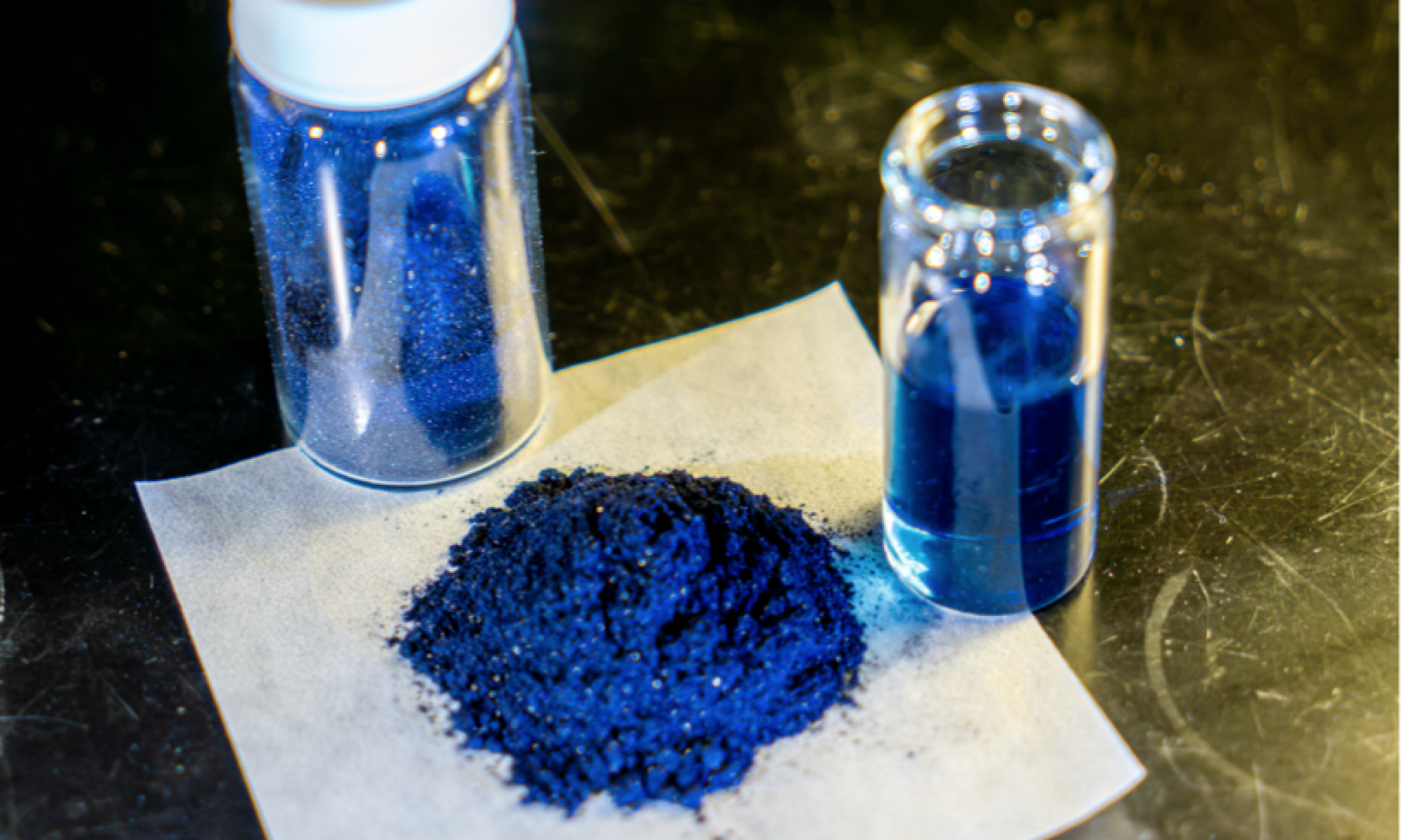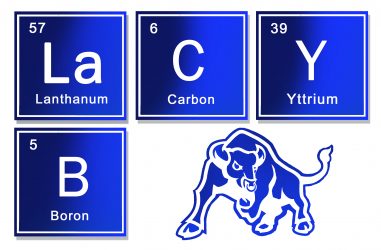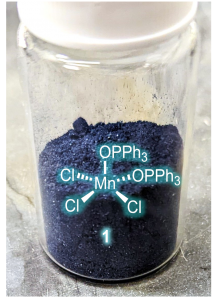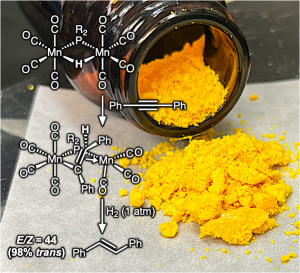Inorganic and Organometallic Research Toward Sustainable Metal Chemistry in Synthesis
coordination chemistry of transition metal catalysts and reagents
Overview: The medicinal chemist’s synthesis toolbox consists of toxic and expensive Rh, Ru, and Pd catalysts. Continued use of these metals is unsustainable since they are not made from earth-abundant materials. A solution to this problem is to use abundant transition metal elements. However, to achieve this outcome, significant research is required to make new compounds and understand their properties and potential applications. This is where our research is focused: synthesis and application of new transition metal catalysts and reagents made from earth abundant elements. Our research spans the entire first row, with focused efforts on Mn, Fe, and Zn. The fruit of this labor has been the discovery of several new bench-stable catalysts and reagents, and we have demonstrated their utility in synthesis. Some highlights are provided below.
• New high-valent bench-stable Mn(III) halogen precursors
The Lacy group discovered a new bench-stable Mn(III)Cl3 precursor that can be prepared in a single step from commercially available starting materials. This compound is a revolutionary advancement because there are very few available molecular starting materials for high-valent Mn.
• publications…
https://doi.org/10.1021/jacs.2c08509
https://doi.org/10.1021/jacs.3c03651
• News articles on discovery…
https://www.chemistryviews.org/bench-stable-manganeseiii-chloride-source/
https://www.nature.com/articles/s44160-022-00181-7#citeas
https://www.buffalo.edu/news/releases/2022/10/001.html
• Scalable and bench-stable dinuclear Mn(I) hydrogenation catalysts
We discovered a new class of manganese-based bench-stable hydrogenation catalysts that can be prepared gram-scale from commercially available starting materials in a single step. These are useful in stoichiometric or catalytic alkyne semi-hydrogenation (1 atm H2) and they selectively form the trans E-isomer.
• Check out our review and research articles on this unique class of molecules…
https://doi.org/10.1002/chem.202300518
https://doi.org/10.1002/chem.202201766
https://doi.org/10.1021/acs.organomet.1c00603
• Coordination chemistry of Mn(I), Fe, Zn, and Ru hydrogenation catalysts
Making catalysts in situ has its advantages. Therefore, we invented an additive free method of generating active Mn(I) 16-e- catalysts in the presence of substrate(s). This was accomplished using Mn(I) alkyl precursors, namely the bench-stable compound MeMn(CO)5. This convenient methodology was first demonstrated by us in 2019, and has since been used by others in “additive free” Mn(I) catalyzed hydrogenation reactions.
• Check out our two publications that highlight this methodology…
https://doi.org/10.1039/C9DT00529C
https://doi.org/10.1021/acs.organomet.9b00692
• We have also studied the coordination chemistry of Mn(I), Ru(II), Zn(II) and Fe(II) hydrogenation catalysts. A few selected examples are linked below…
Mn(I)
https://doi.org/10.1016/B978-0-12-820206-7.00060-3
https://doi.org/10.1021/acs.inorgchem.9b00941
https://doi.org/10.1021/acs.organomet.1c00606
https://doi.org/10.1039/C8DT02933D
Ru(II)
https://doi.org/10.1021/acs.organomet.0c00327
https://doi.org/10.1021/acs.organomet.1c00648
Zn(II) & Fe(II)
https://doi.org/10.1002/chem.202201042
https://doi.org/10.1002/ejic.202300757
• A CO rich molecule
The Lacy group had its beginnings studying the properties of an organomanganese tetramer, [Mn(CO)3(µ3-OH)]4. Our early work on this molecule detailed its synthesis, photochemical properties, and chemical properties. Recently, we considered the use of [Mn(CO)3(µ3-OH)]4 as a water soluble CO releasing molecule (CORM) in cancer cell anti-proliferation. Since [Mn(CO)3(µ3-OH)]4 has twelve CO ligands, it has advantages over other CORMs that only deliver one to three CO molecules.
• Our studies on this interesting molecule are linked below…
https://doi.org/10.1016/j.poly.2024.116859
https://doi.org/10.1021/acs.inorgchem.9b00322
https://doi.org/10.1021/acs.inorgchem.7b01483
https://doi.org/10.1021/acs.inorgchem.7b01438
• O2 activation with non-heme iron(II) complexes
Molecular oxygen, or O2, is the form oxygen takes in the air we breath. It constitutes about 21% of the air that we breath, and without it, life on Earth as we know it would not exist. Therefore, understanding the complexities of how O2 reacts with various molecules is a very important subfield of chemical research. The Lacy group was interested in how a special class of enzymes called non-heme oxygenases take O2 from the air and use it in biochemical processes. The goal was to develop new catalysts that could mimic this reactivity and harness it for applications in organic synthesis. Our strategy was to design synthetic molecular complexes inspired from the active site structures of the enzymes in question. What we found is that simple, solvated molecules, like Fe(II) ions in acetonitrile, outperform some of the best synthetic models with complicated chelating ligands; these findings were too controversial for some reviewers and so the results and interpretation had to be tucked away so as not to offend anyone. We also found an interesting relationship between the kinetics of O2 reduction by Fe(II) complexes and the binding energy of superoxide with Fe(III) complexes. Our publications on this project are linked below…
https://doi.org/10.1002/ejic.202000984
https://doi.org/10.1080/00958972.2021.1878353
https://doi.org/10.1039/C8SC01621F
https://doi.org/10.1039/C9QI00828D



